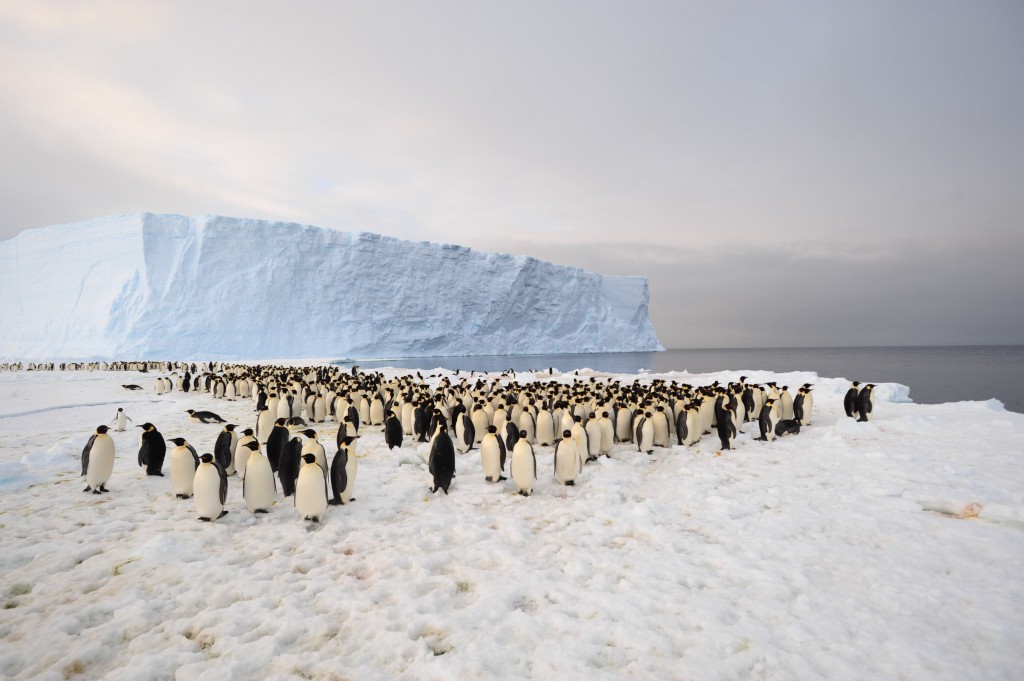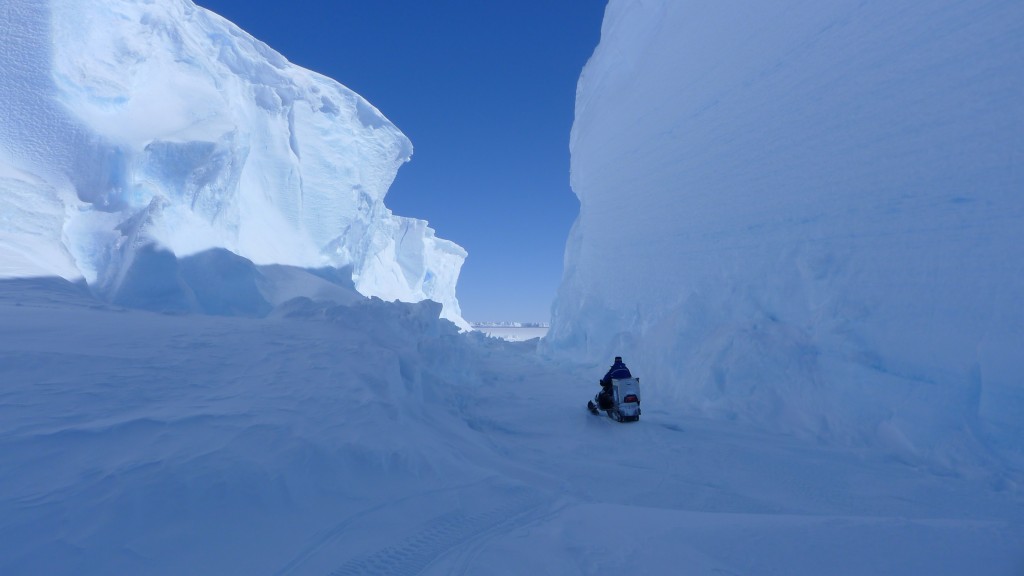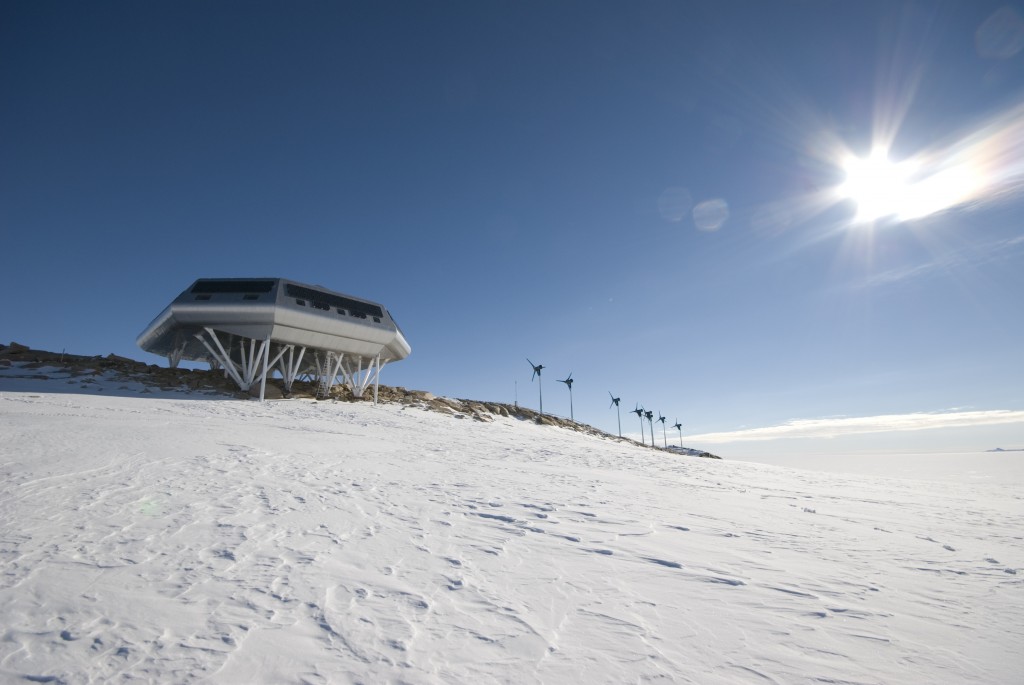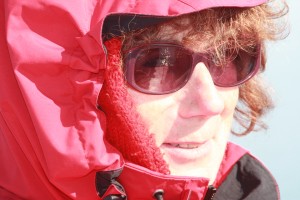China to step up polar activities in 2013
I am finding people increasingly interested in the Arctic and Antarctic as climate change opens up more prospects of getting at the natural resources in the region or using it for transport. The latest example of top-level international interest is an announcement by China. Beijing is planning to launch its 30th expedition to the Antarctic region this year as well as its 6th Arctic expedition. This interest is not new, but clearly intensifying. (See China’s Arctic ambitions spark concern).
According to China Daily, quoting a document released at a maritime work conference on Thursday, the country is also planning to build more Antarctic research bases. There are plans to put more resources into planes for scientific expeditions and to “ensure the quality of newly-built icebreakers”.
The paper also refers in particular to “the protection of the country’s strategic interests in the Arctic region”. Now there is some food for thought.
Increasing international political and strategic interest in the Arctic will be on the agenda at the Arctic Frontiers conference in Tromsö, Norway, starting January 21st. Watch this space.
“First foot” for the “space” penguins

Penguins galore – Photographed by the International Polar Foundation team in Antarctica, December 2012
You may remember a report a couple of years ago about how satellite images revealed the existence of a hitherto unknown large colony of penguins in an area of Antarctica. AT that time, researchers from the British Antarctic Survey and the UK National Environment Research Council attracted a fair bit attention with the “penguins from space” story. Now three members of a team from Belgium’s Princess Elisabeth Antarctica polar research station have become the first humans to visit and photograph the colony of around 9,000 emperor penguins on Antarctica’s Princess Ragnhild Coast.
![]() read more
read more
”Tis the Season… to drill ice cores!”

Alain Hubert, expedition team leader for the IceCon and Be:Wise projects investigating the Antarctic ice sheet. Courtesy of International Polar Foundation
As the year draws towards an end, winter officially starts and the longest night is before us here in the northern hemisphere, I have been entranced by photos from the Antarctic, full of light and white and 90 shades of blue. With a holiday break ahead of me, let me direct you to some more of these spectactular pictures and the stories of the hard work behind them, with the scientists from the International Polar Foundation out there examining the ice sheet. As I’ve been writing here on the Ice Blog recently, the Antarctic is also being affected by climate change, but to a different extent in different places. We only know this thanks to the work of scientists like Reinhard Drews and others who make their way down there and carry out the hard work.

Glaciologist and InBev-Baillet Latour Antarctic Fellowship recipient Reinhard Drews installing a GPS station on the Roi Baudoin ice shelf as part of the Be:Wise scientific project. (Copyright: International Polar Foundation)
A happy new year to you scientists out there in the field – and all ice blog followers. More from me on January 9th!! Comments welcome in the meantime.
Tracking narwhals online
I have come across a project by WWF involving those peculiar creatures the narwhals (monodon monoceros), the ones with the amazing long spiral tusks. The experts are tracking them around Baffin Bay in Canada.
There are some great videos as well as the tracking info at the WWF Arctic website!!
More snow less ice in the Antarctic

Princess Elisabeth Antarctica, Belgium’s research station
Copyright Ren̩ Robert РInternational Polar Foundation
Regular ice blog followers may remember a recent post including an Interview with Andrew Shepherd from Leeds University, UK, about ice melt in the Antarctic. One of the factors he explained was that increasing precipitation as a result of warming was falling on the East Antarctic ice sheet as snow and so increasing its mass. Although that particular study showed that the Antarctic has indeed been losing ice over the past 20 years, (contrary to popular opinion), increasing snow was balancing this loss to some extent. Now a study published in Nature shows that a lot of the ice increase from this snow is being lost again, because the extra snow puts pressure on the ice, making it flow faster towards the coast.
![]() read more
read more






















Feedback